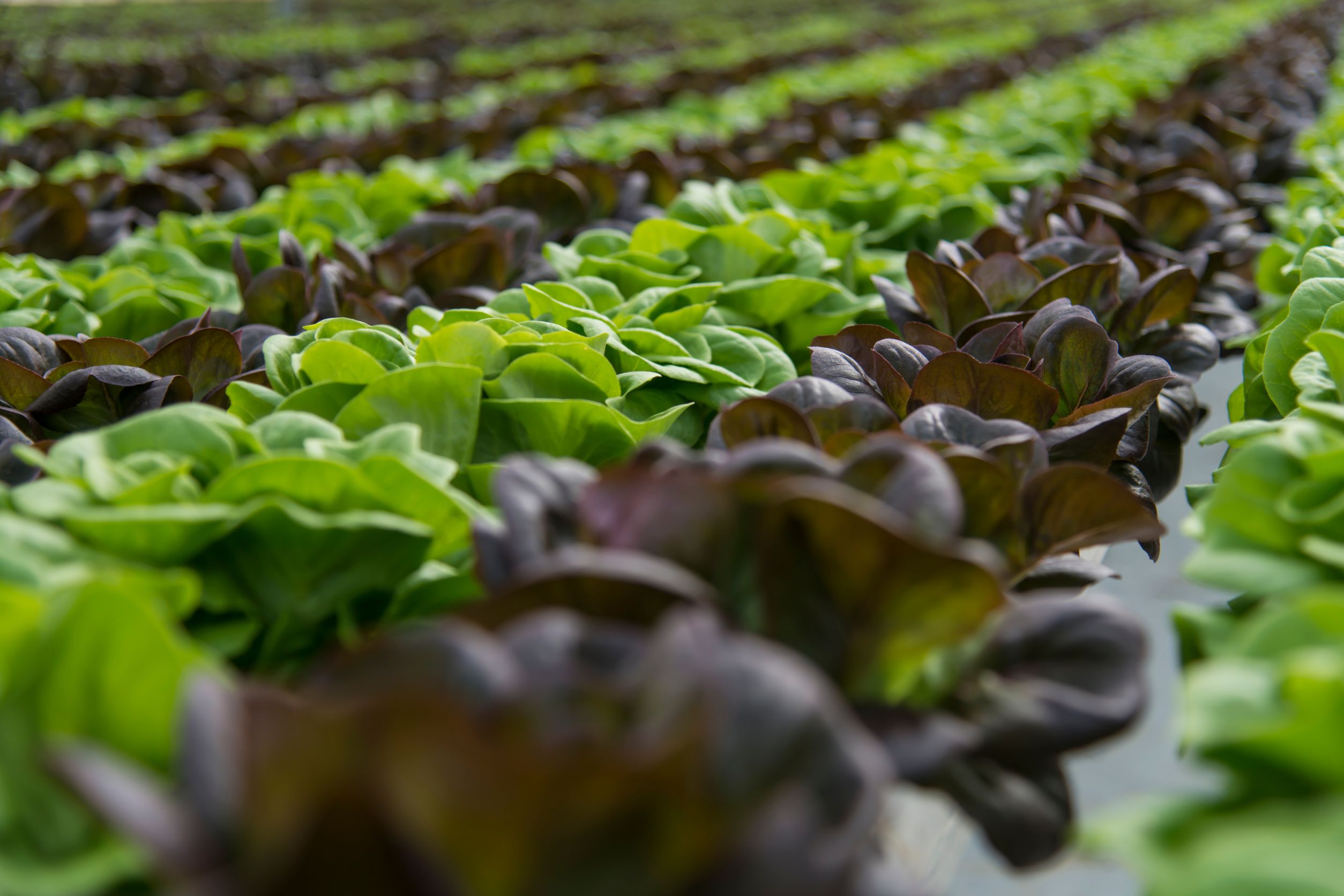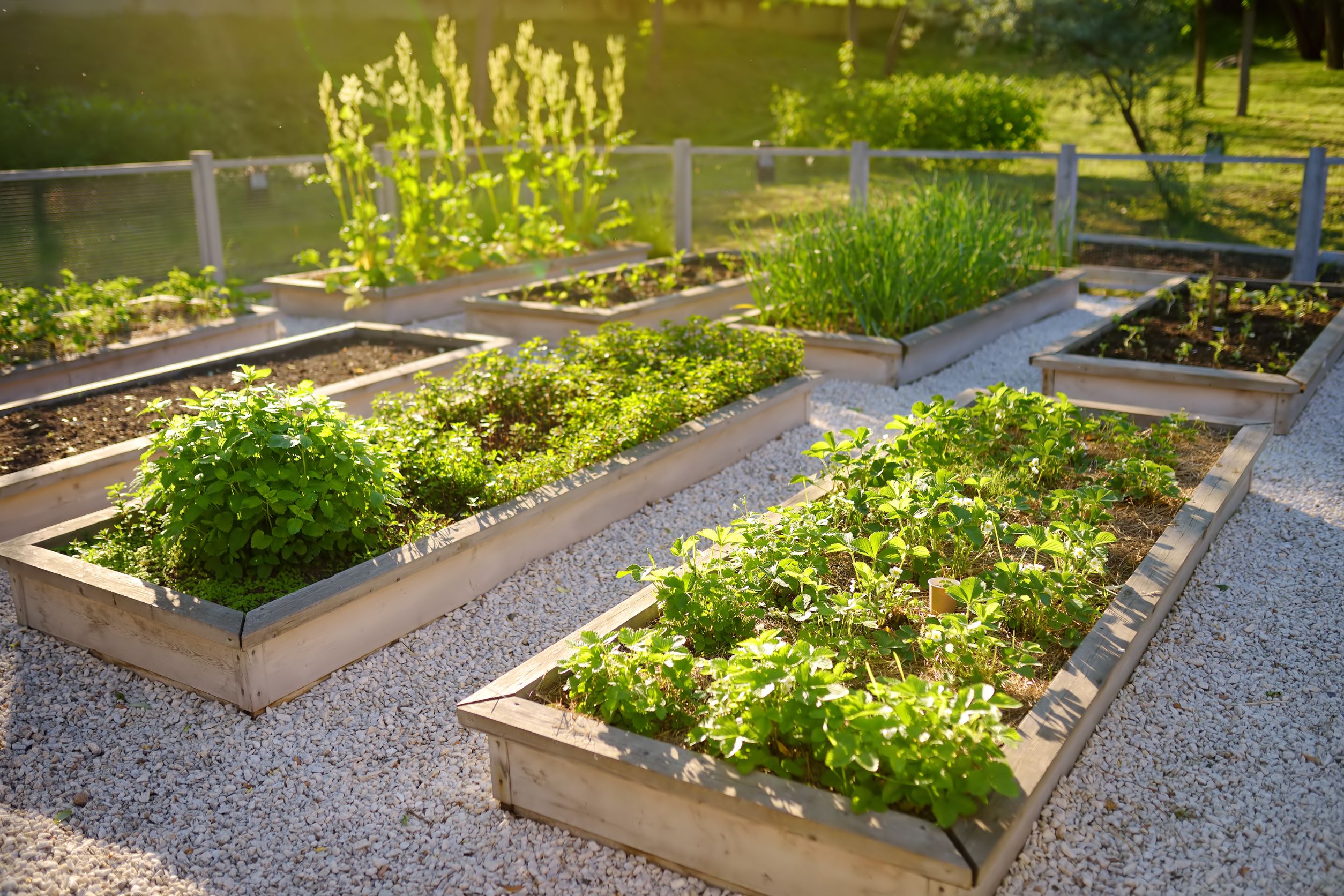
Image Source: Canva
I’ve said it before. It’s so important for a frugal gardener to plan. While gardeners without a strict budget can afford to be a little lax when it comes to planning, those who are looking to save money, in the long run, need to be meticulous and start thinking about their garden layout months, even years, in advance. It sounds overwhelming, but taking a bit of time to sketch it all out will save you from a headache later on. Visiting a farm supply store can be a great resource to use during this process. They can offer affordable supplies, bulk seeds, and knowledgeable advice to support both your gardening and homesteading efforts
Today, I want to talk a bit about crop rotation. It’s not often the first thing a gardener thinks about when drawing out plans for spring plantings. It’s even less on the mind of the gardener with little space to spare. I know plenty of gardeners who have a permanent spot for certain vegetables. The tomato patch goes here. The beans remain here, year after year.
Unfortunately, relegating plants to the same area for each new gardening season is the perfect way to encourage pests, disease, and deficiency problems. If you’re wondering why your plants seem to be providing diminishing returns years down the road, a lack of rotation may be the answer.

Image Source: Canva
How to Plan for Crop Rotation
The easiest way to ensure crops are rotated correctly is to arrange plantings according to vegetable families. Planting in family groupings makes it easier to handle pests, too.
Write everything down. Whether you’re planning or planting, make a note of what’s going where. It’s easy to miss this step and forget about marking down what you’re planting, but if you don’t note it somewhere, you’re unlikely to remember a year or two down the road. Once you’ve planted a specific vegetable family in a spot, you shouldn’t plant it again in that bed for a minimum of three years.
How I Plan Out Crop Rotation
I arrange my four main raised garden beds into the four following families: brassicas (cabbage, kale, etc.), nightshades (tomatoes, peppers, eggplant), greens from the sunflower family & spinach relatives, and finally, cucurbits. I have a few other spots in my garden that act as miscellaneous areas where I can rotate out families or plant random stuff. This year, I actually plan to rotate my cucurbit patch to one of those ‘empty’ beds so that I can grow a second bed of brassicas in my main garden area.
Here’s an example of how I plan for crop rotation.

Image Source: Canva
Last year, my four main beds looked like this:
- Bed 1: Potatoes
- Bed 2: Kale & Collards (the rest of my brassicas were in one of the miscellaneous beds)
- Bed 3: Tomatoes, Peppers, Eggplant
- Bed 4: Squash
Plan for this year:
- Bed 1: Brassicas
- Bed 2: Tomatoes, Peppers, Eggplant
- Bed 3: Brassicas
- Bed 4: Greens (lettuce, spinach, etc.)
- In my two spare beds, I’ll be putting squash and root veggies (carrots, beets, onions)
Next Year:
- Bed 1: Beets, Carrots, Onions
- Bed 2: Squash
- Bed 3: Greens
- Bed 4: Tomatoes, Peppers, Eggplant
Final Tip
When in doubt about what you’ve planted before in one spot, plant beans or some other non-demanding crop.
Planning is important, but don’t take things so seriously that gardening becomes a chore. If you make a mistake, brush it off and make a note for next time.
If you’re not sure about which plant belongs to which family, check out this resource: https://extension.psu.edu/plant-rotation-in-the-garden-based-on-plant-families

Steph Coelho is a freelance writer gardening in zone 5b. She is a certified Square Foot Gardener and has taught various garden-related workshops. When she’s not digging in the dirt or writing, she’s cooking up fresh produce, running, or listening to her favorite podcasts.
Leave a Reply